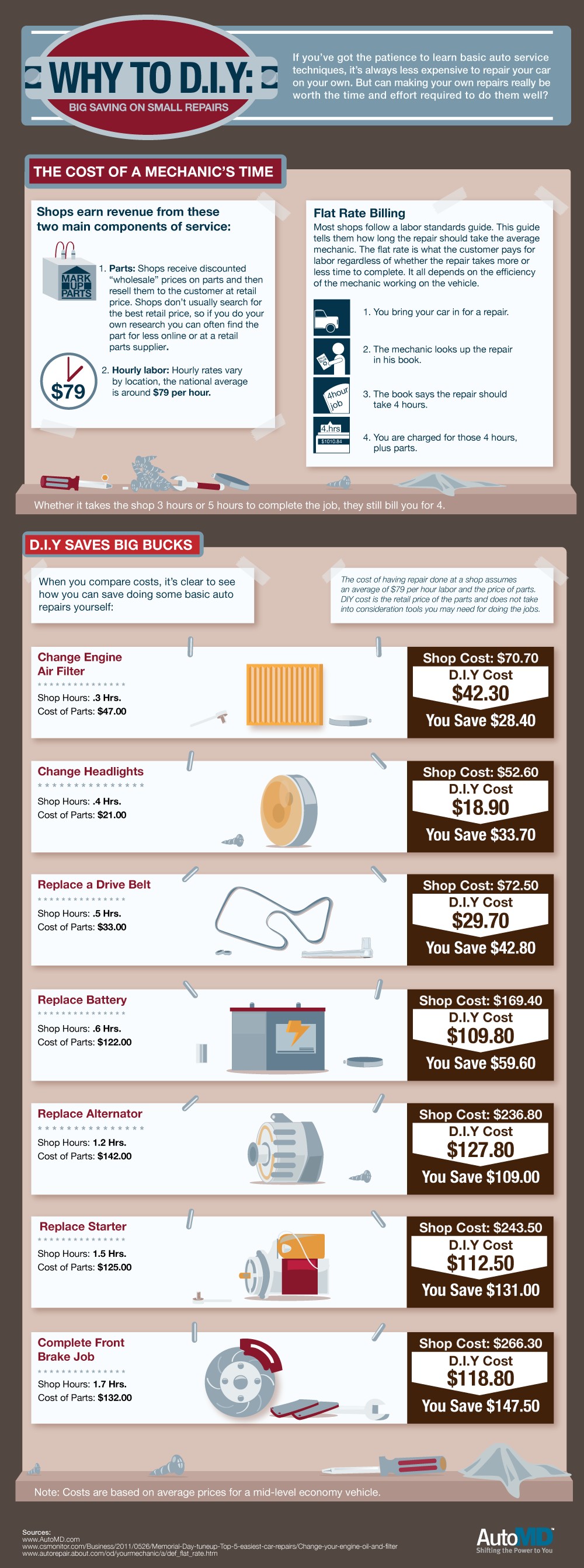Analyzing Your Cars And Truck'S Caution Indicators: What They Really Convey
Analyzing Your Cars And Truck'S Caution Indicators: What They Really Convey
Blog Article
Material Created By-Sykes Winters
When you lag the wheel, those beautiful caution lights on your control panel can be a bit puzzling. Do you know what they're trying to tell you concerning your vehicle's health? Understanding the importance of these lights is crucial for your safety and security and the durability of your vehicle. So, the next time one of those lights pops up, wouldn't you wish to understand its message accurately and take the required steps to address it?
Common Warning Lights and Interpretations
Recognize common caution lights in your car and recognize their meanings to ensure risk-free driving.
The most normal caution lights include the check engine light, which indicates concerns with the engine or emissions system. If simply click the following post begins, it's important to have your vehicle examined without delay.
The oil pressure cautioning light suggests reduced oil pressure, requiring instant focus to stop engine damages.
A blinking battery light could suggest a malfunctioning billing system, possibly leaving you stranded if not dealt with.
The tire pressure monitoring system (TPMS) light alerts you to low tire pressure, influencing car security and fuel performance. Disregarding this could bring about dangerous driving problems.
The abdominal muscle light shows an issue with the anti-lock braking system, endangering your ability to quit swiftly in emergency situations.
Lastly, the coolant temperature level alerting light warns of engine overheating, which can lead to extreme damages if not resolved promptly.
Comprehending these common caution lights will assist you resolve problems immediately and keep secure driving problems.
Significance of Prompt Interest
Recognizing the typical warning lights in your cars and truck is just the first step; the relevance of without delay resolving these cautions can't be emphasized enough to ensure your safety on the road.
When a caution light illuminates on your control panel, it's your vehicle's method of communicating a prospective issue that requires focus. Disregarding these warnings can result in extra serious problems later on, jeopardizing your security and possibly costing you much more in repairs.
https://spencercbxql.bleepblogs.com/31722772/eager-to-uncover-how-automation-and-robotics-are-improving-the-vehicle-outlining-landscape to advising lights can avoid failures and accidents. For example, a flashing check engine light can suggest a misfire that, if left unattended, can cause damage to the catalytic converter. Addressing this quickly can save you from an expensive repair work.
In a similar way, a brake system alerting light may signal reduced brake fluid or worn brake pads, essential elements for your security when driving.
DIY Troubleshooting Tips
If you notice a caution light on your dashboard, there are a few DIY fixing suggestions you can try prior to seeking professional aid.
The primary step is to consult your car's manual to recognize what the particular caution light suggests. In some cases the concern can be as basic as a loosened gas cap setting off the check engine light. Tightening up the gas cap might resolve the problem.
An additional typical problem is a reduced battery, which can cause various advising lights. Checking the battery links for deterioration and ensuring they're safe and secure may fix the trouble.
If a caution light lingers, you can try resetting it by detaching the cars and truck's battery for a couple of mins and afterwards reconnecting it. Additionally, inspecting your lorry's liquid levels, such as oil, coolant, and brake liquid, can assist fix alerting lights connected to these systems.
https://www.kbb.com/car-advice/car-warranty-guide/
To conclude, recognizing your vehicle's warning lights is important for maintaining your vehicle running smoothly and securely. By without delay dealing with these alerts and knowing what they indicate, you can avoid costly repair work and prospective failures.
Remember to consult your automobile's handbook for certain information on each warning light and take action appropriately to ensure a trouble-free driving experience.
Stay informed, stay risk-free when driving!
